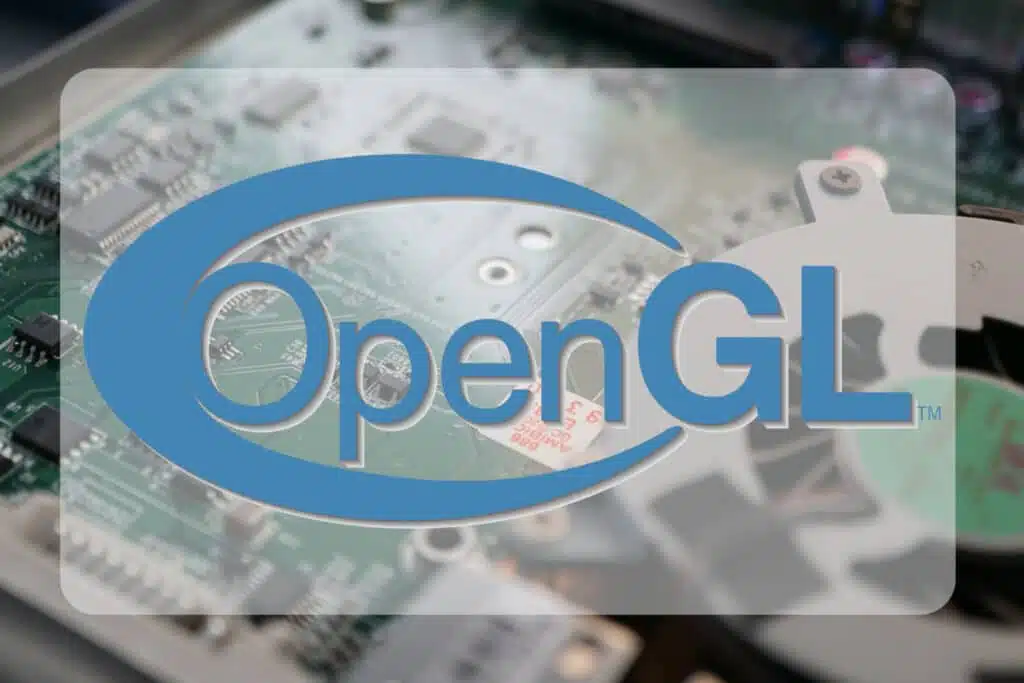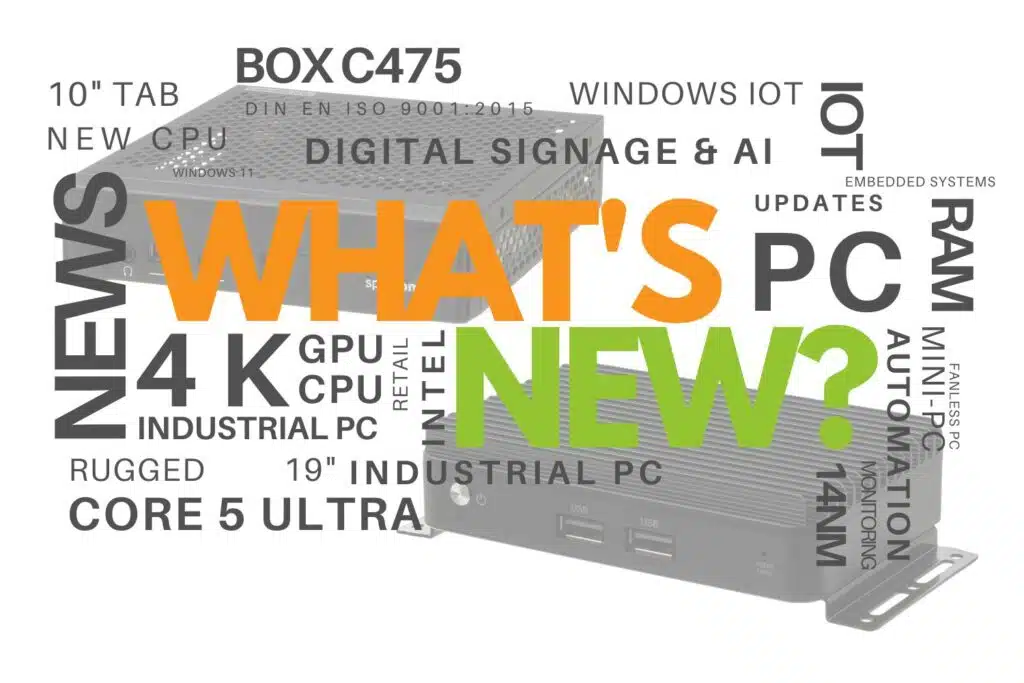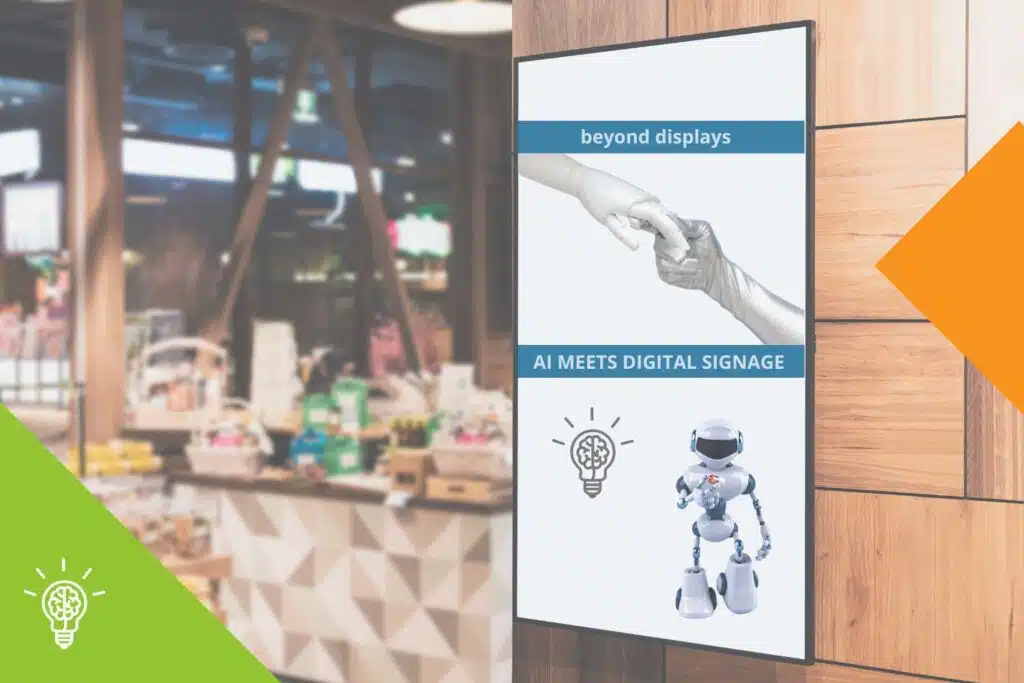25.02.2019

The term OpenGL is the abbreviation for "Open Graphics Library" and describes a programming interface (API) for the development of 2D and 3D graphics applications. OpenGL is cross-platform and cross-programming language. As with DirectX, the API facilitates the development of graphics applications and software, as these only have to be adapted to the OpenGL standard and not to various operating systems and installed graphics hardware. The OpenGL standard describes around 250 commands, other organizations - such as manufacturers of graphics cards - can define proprietary (i.e. manufacturer-specific) extensions.
Good to know: What is DirectX?
Applications in which OpenGL is used include computer games, virtual reality, augmented reality, 3D animations, CAD and other visual simulations.
OpenGL is supported by most common operating systems, including Microsoft Windows, macOS, Solaris, Linux, Android, Apple iOS, Xbox 360 and many more. The API has language bindings for the programming languages C, C++, Fortran, Ada and Java.
OpenGL was published in 1992. Originally, the former PC manufacturer Silicon Graphics (SGI) developed the proprietary IRIS GL programming interface. After some time, the API was revised, the proprietary program code was removed and IRIS GL was published as the industry standard OpenGL. New functions were often initially introduced as manufacturer-specific extensions. Over time, they were then used across manufacturers and, ideally, subsequently introduced as new core functions. OpenGL has been continuously developed up to the current version 4.6. Since July 2006, the Khronos Group - an industry consortium including Intel, AMD, Nvidia, Apple and Google - has been responsible for the further development of OpenGL.
In March 2015, the Vulkan API was presented at the Game Developers Conference as the successor to OpenGL. The programming interface initially referred to as "Next Generation OpenGL" or "glNext" is open source and also cross-platform. The difference to OpenGL is that more focus is placed on the hardware during programming, which significantly increases the computing power. Some PC games already support Vulkan, but the majority rely on DirectX. Vulkan is also being developed by the Khronos Group.

Machines that know when they need to be serviced before anything breaks down. Sounds like a dream of...

Although the vacation season was at its peak for us in September, we can shine with two new products...

Digital signage has long been much more than just static screens. In times of Industry 4.0, smart bu...
You need to load content from reCAPTCHA to submit the form. Please note that doing so will share data with third-party providers.
More Information